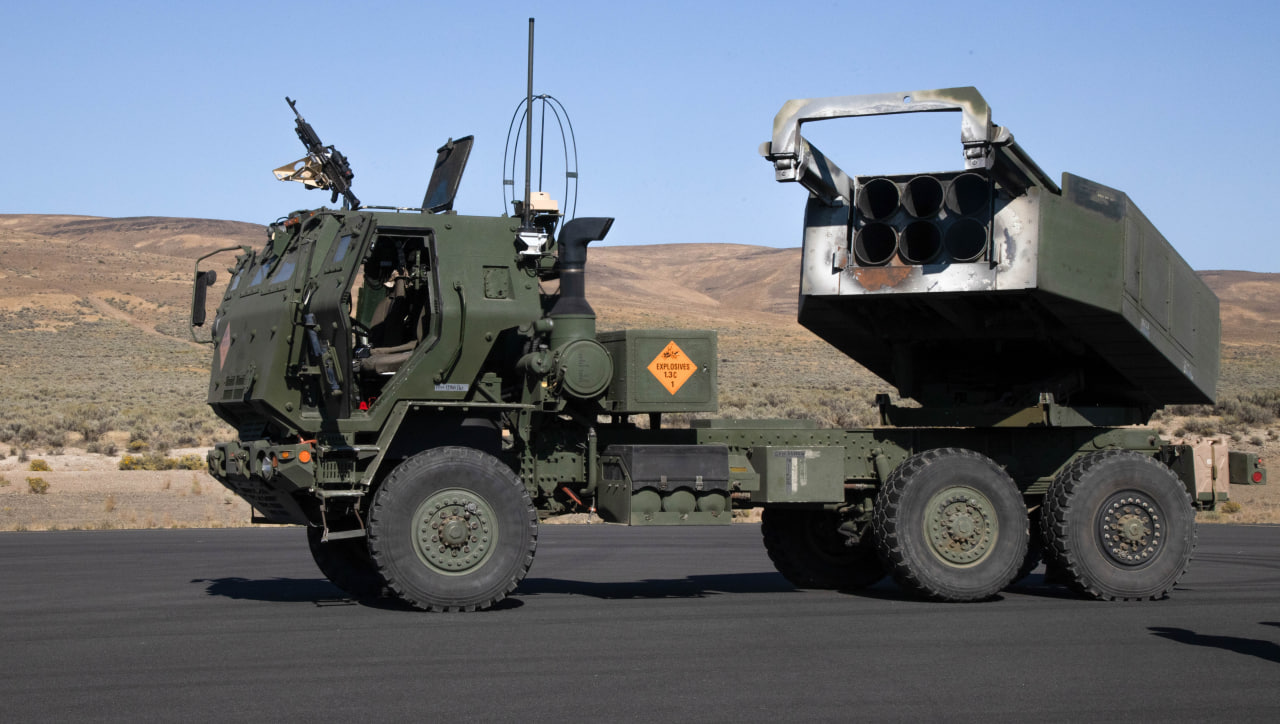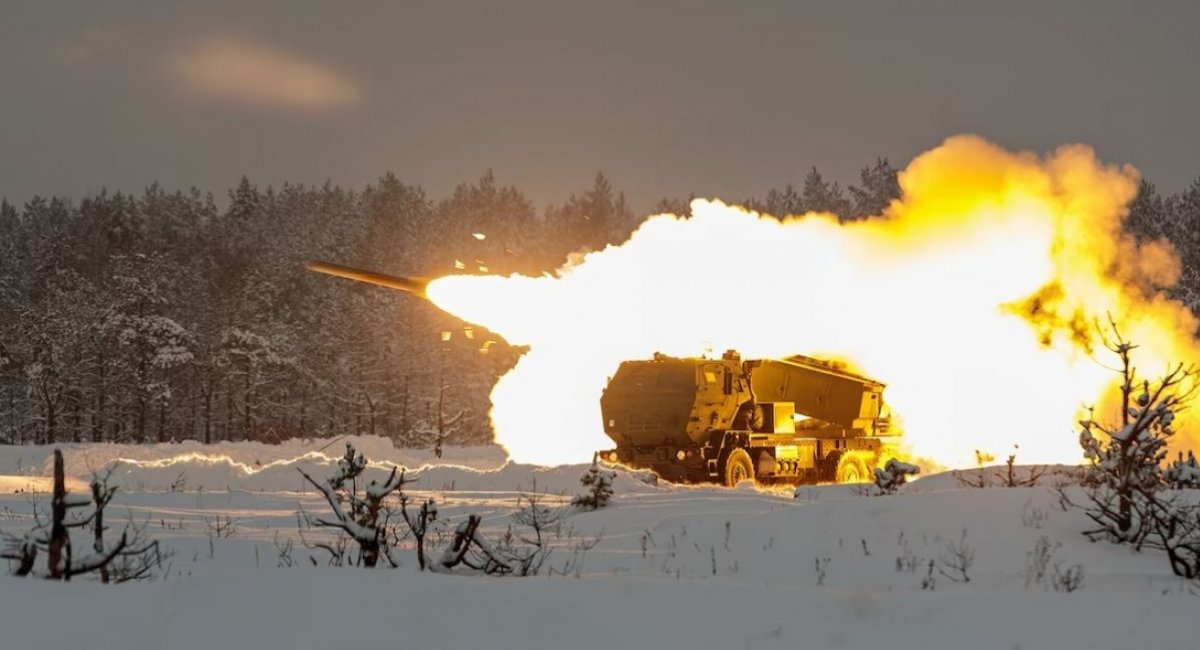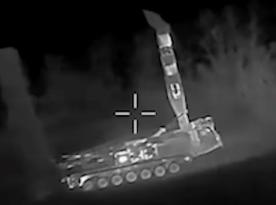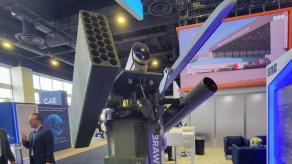Hungary has entered negotiations with the United States to purchase the M142 HIMARS and accompanying munitions. The procurement, however, is expected to take between three and five years to complete due to the high global demand for the system. The country's Defense Minister, Kristóf Szalay-Bobrovniczky, confirmed that discussions have been held with representatives of the White House as part of Hungary's 10-year military modernization program.
While the Minister did not disclose the exact number of launchers or missiles Hungary intends to acquire, earlier reports from 2023 suggested a potential purchase of 20-24 HIMARS launchers and around 100 missiles valued at approximately $765 million. The overall project, however, is likely to be much larger, as it includes not only weapons and ammunition but also the development of new infrastructure and training of personnel.
Read more: Ukraine Strikes Deep: the SOF Hit the Hvardiyska Oil Depot in Crimea
Hungarian journalists cited a possible total figure of 1.2 trillion forints (about $3.2 billion), though Kristóf Szalay-Bobrovniczky declined to confirm this estimate. He emphasized that the final amount would be comprehensive and could only be determined after detailed consultations with the U.S. side. Even after the U.S. congressional approval, the Minister noted, the process would remain long and complicated.

The move would make Hungary another of Ukraine's neighbors to operate the HIMARS systems, joining Poland and Romania. The decision aligns with broader regional trends in strengthening NATO's eastern flank with advanced long-range precision strike capabilities. It also reflects the absence of a mass-produced European alternative, a gap that countries such as France are only beginning to address.
At the same time, the potential acquisition carries a political dimension. Reports indicate that Hungary had previously explored purchasing the HIMARS in 2023, but the deal collapsed amid strained relations with Washington and Budapest's refusal to support certain NATO decisions. Hungarian officials later tried to downplay the matter, suggesting no real intention to buy the system.

Now, however, the situation has shifted. Hungary has revived discussions on the HIMARS procurement, possibly linked to its broader ambitions to obtain tactical ballistic missile systems. The timeline of three to five years mentioned by the Defense Minister appears realistic, especially considering that Estonia had to wait around three years for its deliveries and even began exploring the South Korean K239 Chunmoo system as an interim alternative.

The HIMARS system, manufactured by Lockheed Martin, recently reached its 750th unit milestone. Its combat effectiveness, demonstrated in Ukraine, has only increased global interest. As production scales up, the United States continues to expand its munitions portfolio for the HIMARS, from smaller 120 mm rockets comparable to the BM-21 Grad system to advanced Precision Strike Missiles (PrSM).
Read more: russia Claims Its Problem-Plagued An-2 Replacement Will Take Off Within Two Months














